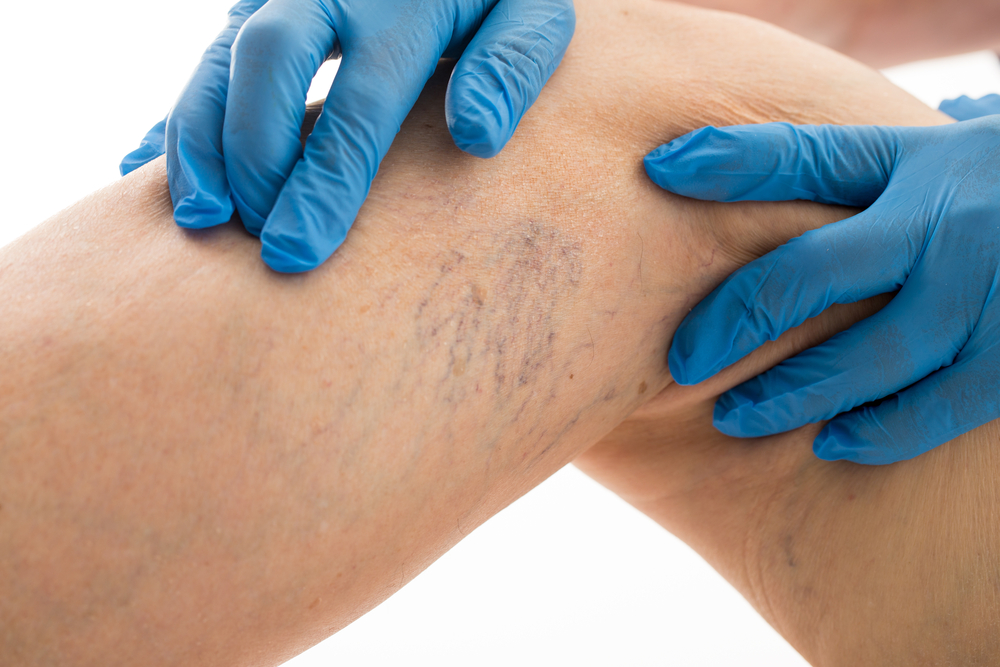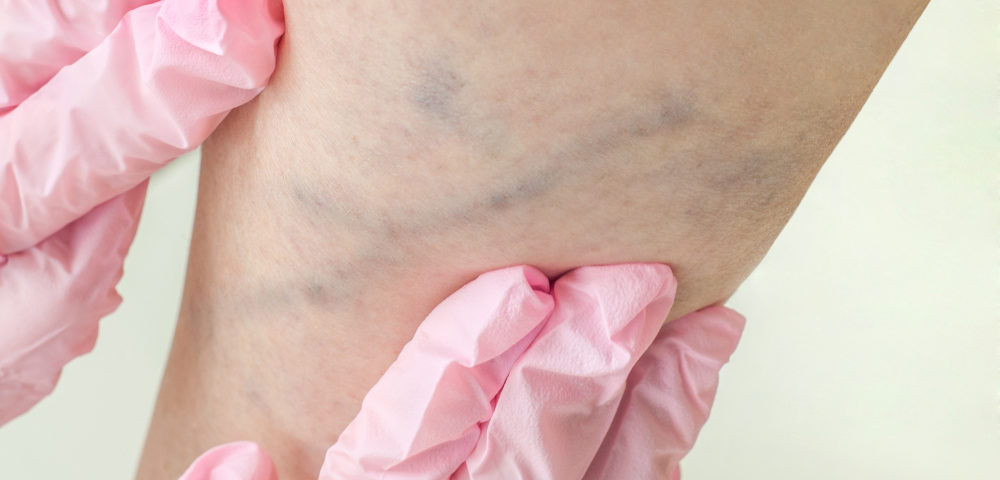
What Is Chronic Venous Insufficiency?
July 18, 2018
What Is Vein Disease?
July 18, 2018Deep Vein Thrombosis is the result of blood moving too slowly through the body. Slow moving blood can form a clot.
Clots are problematic, but they’re even worse when they occur deep within your body. This is what’s called Deep Vein Thrombosis.
How Do I Know If I Have Deep Vein Thrombosis?
There are visual signs of Deep Vein Thrombosis, and then there are symptoms that cause discomfort in patients.
The primary visual sign of Deep Vein Thrombosis is Varicose Veins. These are the bulging veins, often blue or purple that indicate pooling blood or backflow in the deep veins. Even moreso, swollen legs or arms indicate backflow or blood pooling.
On the other hand, signs of discomfort that can point to DVT are pain or soreness in walking, or warmth in the achy area.
What Are the Negative Effects of Deep Vein Thrombosis?
Deep Vein Thrombosis can cause a wide variety of issues. This includes shortness of breath, chest pain, and coughing up blood.
DVT can even be fatal if it causes a Pulmonary Embolism. This is when a blood clot travels through your blood stream to your lungs.
What Puts Me at Risk for a Deep Vein Thrombosis?
Different things can put you at risk for DVT. This includes simple age, pregnancy, and obesity. Moreover, sitting for long periods puts you at greater risk for Deep Vein Thrombosis.
Increased smoking puts you at risk for DVT. Taking birth control pills puts you at a higher risk for DVT.
If you’re suffering from DVT, there are a few treatment options. If your circulatory issues are still mild, compression socks are an effective treatment for improving circulation.
In more serious cases blood thinners may be necessary, or even an inferior vena cava blood thinner.
Want to know more? Please call the Vein Center of Maryland today to schedule a consultation.
We are conveniently located in Westminster, Eldersburg, Baltimore, Hunt Valley and Bel Air.
We also service Ellicott City and Columbia in Howard County.



